The composer shares the process behind his concerto Tell Me Again, which includes inspiration from Beecher and Ouzounian’s Estonian and Armenian heritage
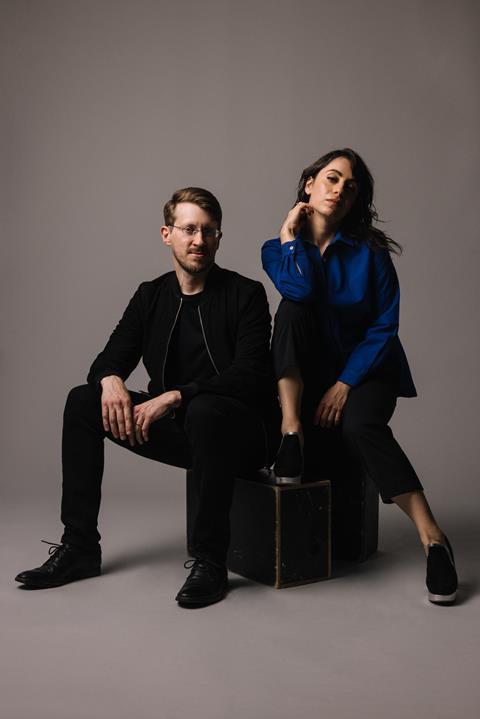
Discover more Featured Stories like this in The Strad Playing Hub
In 2019 the Orlando Philharmonic commissioned me to write a concerto for my wife, cellist Karen Ouzounian. She premiered Tell Me Again in 2021 with Eric Jacobsen conducting and will perform a newly revised version of the concerto on 3 August at the Cabrillo Music Festival with conductor Cristian Măcelaru.
This is a piece filled with special meaning, one that grew out of Karen’s technique and sound as a cellist as well as our family histories. Because of the intimacy of these influences, I found writing it to be a particularly fragile balancing act between expansive ideas and the inspiration of musical details. I have become increasingly aware in recent years that the act of composition for me involves two different approaches: a state of imagination and ideation in which I make choices about direction, form, and extramusical influences, and a state of free-flowing composition and improvisation governed by instinct. It is crucial for me to switch continually between these perspectives: I have learnt that I have a lot of control over the framework or process of composition, but when it comes to actual notes and rhythms, my best music acquires a life of its own, flowing naturally and free of conscious choice.
The act of composition for me involves two different approaches: a state of imagination and ideation, and a state of free-flowing composition and improvisation governed by instinct
Karen’s family are Armenians from Lebanon who immigrated to Canada during the Lebanese Civil War, shortly before her birth. Two generations earlier Karen’s grandparents and great-grandparents had fled their villages in Anatolia, what is now Turkey, during the Armenian Genocide. My mother is Estonian, having escaped as a toddler along with her mother during World War II, subsequently spending five years in displaced persons camps in post-war Germany. In some ways, Karen and my childhood experiences were similar: we both grew up in the west but speaking our native languages, Armenian and Estonian, at home; we both found in family stories a sense of identity and belonging that place could not totally provide; and we both grew up with a sense of something lost and left behind, a mythical homeland out of reach.
With this concerto I wanted to write a piece that dealt with the sorts of stories that surrounded us growing up; this is not a piece about the act of migration, but a piece about the way we tell these stories in successive generations and the way culture is preserved. I think that for all of us, but particularly those who have lived through upheaval and trauma, telling a story is not just a way to convey a sequence of events but a way to process experience, to try to come to terms with and have some degree of power over the forces that have shaped our lives. With Tell Me Again, I wanted to write music that reflected the way in which stories like these become a central part of the culture of families and communities as they are told over and over again—even as they change over time—with each new generation consciously or unconsciously making choices about what to omit and what to emphasise.
The framework I set up for myself was to imagine each movement as a successive generation. In the first movement the solo cello line acts as the embodiment of a story as it is being created in response to the jittery, chaotic energy of the orchestra, which surrounds the cello with the swirl of life. As the orchestra leads, the cello responds with short, echoing gestures. The orchestral music keeps starting over, returning to the same phrases—like a mind replaying the same events over and over—and in response the cello gradually acquires a life of its own, pulling melodic strands and fast passagework out of the orchestra’s textures.
Balance is always a concern with cello concertos, and I tried to orchestrate strategically to allow the cello to begin audibly but embedded within the sound of the orchestra, often supported by bass and bassoon doublings. The cello gradually comes into its own, freeing itself from the orchestra, and arriving at a soaring melody in its upper register (see the excerpts video below to listen to this moment). The orchestra now follows the cello, fading in the way that actual memories of events are sometimes replaced by the stories we tell about them.
Watch an excerpt from the premiere performance dress rehearsal in 2021 with cellist Karen Ouzounian, conductor Eric Jacobsen and the Orlando Philharmonic:
In the second movement, the cellist becomes a singer, teaching the orchestra a song. While writing I thought about the way that diasporic groups so often define themselves through songs, seeking a type of cultural clarity or purity that might not have actually existed in their places of origin. What is Armenian and what is Estonian is a more complicated question than one might think. Mirroring this delicate balance between the channeling and the creation of identity, I wrote a melody that starts with the snapped lilt of an Armenian melody (inspired loosely by the opening of the Armenian priest, composer and musicologist Gomidas’s Dance from Etchmiadzin) and ends with a quote of an Estonian folk-tune, Meil Aiaäärne Tänavas that I remember from my childhood.
The melody spreads across the orchestra, repeated in a call-and-response style typical of Estonian regilaul (an ancient folksinging style) and gradually evaporates, settling into a tender and shimmering texture. I remember reaching this moment as I was writing and being uncertain of what music should follow. Something about the melody I had created both seemed to resist motivic development, and seemed to leave me searching for a more personal emotional expression. I found myself returning to the cello’s soaring melody from the first movement, initially introspective and then flaring with passion. The movement ends with the Armenian-Estonian melody, this time played fragmented across the orchestra.
The third movement begins with a cadenza, the solo cello playing repeated semiquaver (𝅘𝅥𝅯) notes, almost as if it were scrubbing with an eraser, trying to overwrite the memory of earlier movements. Karen and I discovered the approach to this movement through a series of improvisation sessions: I asked Karen to play a semi-pressure harmonic high on the D string and Karen found a wonderful texture with occasional scrubbiness and jittery accents using the open A and G strings and harmonics.
As the orchestra begins responding to the cello, joining in its perpetual-motion energy, hints of music from the previous movements reappear, including a majestic, slowed-down version of the cello’s first movement melody, played by the horns. After a suddenly soft, wistfully fluttering middle section, the music resumes with energetic abandon and exuberance—sometimes joyful, sometimes fearful, sometimes grand—spiraling out of control until it gives way to a brief, unexpected coda: a glimpse of something that is new and hopeful, yet bittersweet.
This large-scale formal plan for the piece emerged only over time, in dialogue with sketches of music that I was writing and my collaborative work with Karen. In January of 2020 I was fortunate to have a residency at the Copland House in New York where Karen and I worked closely together on the concerto. We recorded excerpts of music from the middle of the second movement and I allowed myself to be distracted for several days creating a stop motion animation to accompany this music. This unexpected animation detour allowed me to explore the emotional world of the piece in a very different way, and underscored for me the importance of this moment within the arc of the concerto: I realised this melody from the first movement could be transformed into something deeply personal and become the key to connecting the three movements.
Additionally, I learnt something about sound through the process of recording. As I created this piano and cello mock-up of the music, I realised I wanted Karen’s sound to be more otherworldly and distant, and played around with EQ settings and filters until I found what I wanted. Hearing this, Karen was able to find an acoustic analog (though hers was an even more magical sound) using careful ponticello and bow control.
One of the most joyous aspects of composing is the circuitous journey a piece takes from initial sparks to performance. For me this process involves holding multiple elements and influences at the same time: the initial story or sparking emotion of the piece, a large-scale sense of form and direction, the initial drafts of music emerging through the unexpected, irrational nature of composition, influences from performers and other collaborators, physical constraints of instruments, and outside explorations (like my stop motion animation work in the case of Tell Me Again).
There is much about any sort of creative work that is mysterious and intuitive, but I think one aspect of composition that I have most worked to develop as a skill is the ability to shape the process of composition, to create a space in which these different influences and perspectives can resonate with each other, and in which there is room for surprises, for something deeply felt to emerge and change the direction of the piece.
Understanding when I need to think critically and broadly about the music I am writing and when I can allow my musical instincts to take over has made me a better composer and I think is a key to writing a piece like Tell Me Again, in which very personal and specific elements are balanced with the sweeping emotional power and abstraction of orchestral music.
Karen Ouzounian performs the West Coast premiere of Tell Me Again on 3 August 2024, 7:30pm at Santa Cruz Civic Auditorium. Find out more here.
Read: Victor le Masne: how I composed the official theme for the Olympics
Read: Barefoot in winter: Tina Davidson on composing for strings
Discover more Featured Stories like this in The Strad Playing Hub
An exclusive range of instrument making posters, books, calendars and information products published by and directly for sale from The Strad.
The Strad’s exclusive instrument posters, most with actual-size photos depicting every nuance of the instrument. Our posters are used by luthiers across the world as models for their own instruments, thanks to the detailed outlines and measurements on the back.
The number one source for a range of books covering making and stringed instruments with commentaries from today’s top instrument experts.
American collector David L. Fulton amassed one of the 20th century’s finest collections of stringed instruments. This year’s calendar pays tribute to some of these priceless treasures, including Yehudi Menuhin’s celebrated ‘Lord Wilton’ Guarneri, the Carlo Bergonzi once played by Fritz Kreisler, and four instruments by Antonio Stradivari.

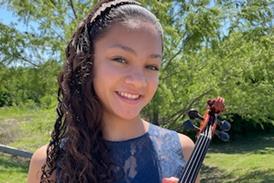

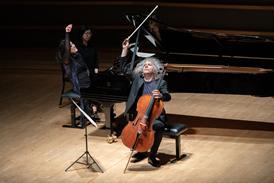

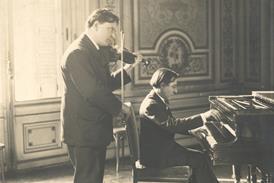
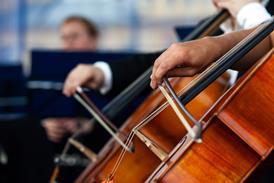

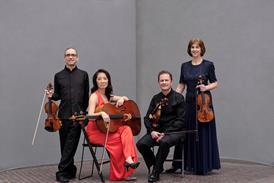
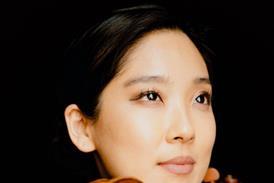




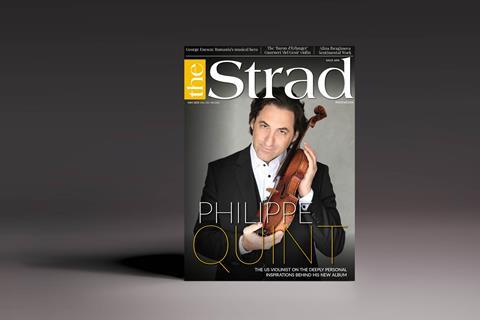




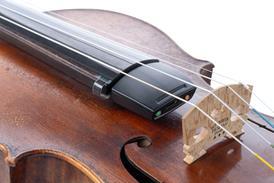
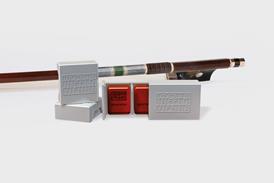
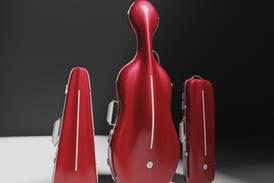















No comments yet